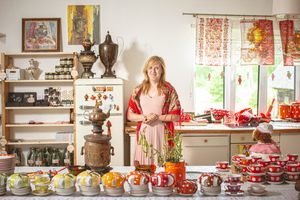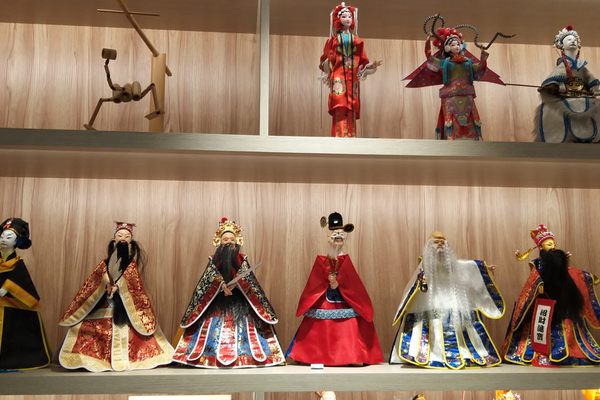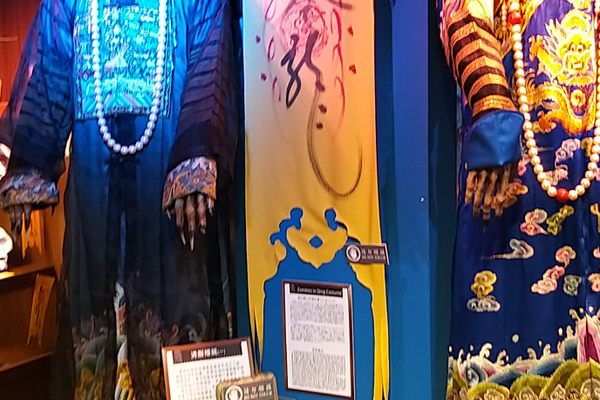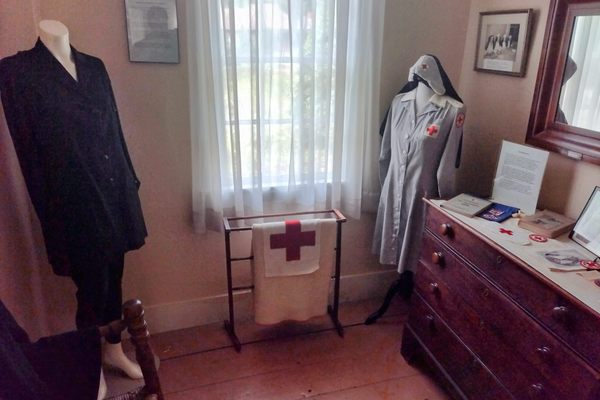About
Chicory is a perennial plant native to Europe whose roots were once commonly harvested, roasted, and used to make food and drinks. In Kolkja, Estonia, the Chicory Museum tells this culinary history via artifacts from the heyday of the versatile root as well as a few offerings of chicory-based delights.
Housed in a room built in 1893 for the purpose of drying chicory, the museum hearkens back to when beverages made from its roots were popular across Europe. In Germany, a drink made from chicory was known as “Prussian coffee,” as the flavor resembled a cup of Joe. As coffee beans became more accessible, however, the consumption of the chicory plant became less common.
Chicory farming around Estonia’s Lake Peipus region dates back to the 1870s, where it continued until World War II, when many of the fields and processing facilities were destroyed. To transform the plant into a beverage, producers cut the roots with special chicory knives and put them into ovens for drying. (An oven-load of roots took about two days to dry at 104°F.) The dried chicory was then roasted, milled to a fine powder, and mixed with water. Visitors to the Chicory Museum can see an original chicory oven along with the other tools that were used in this process.
If you don’t feel inclined to grow, roast, and mill your own chicory, you can buy the museum’s dried chicory root slices, powder, or syrup extract, or simply sample its chicory drinks as well as other foods and tasty treats made with the plant.
Related Tags
Know Before You Go
The visitors center and museum are open Wednesday through Sunday, from 11 a.m. to 6 p.m.
Community Contributors
Added By
Published
December 11, 2019








































